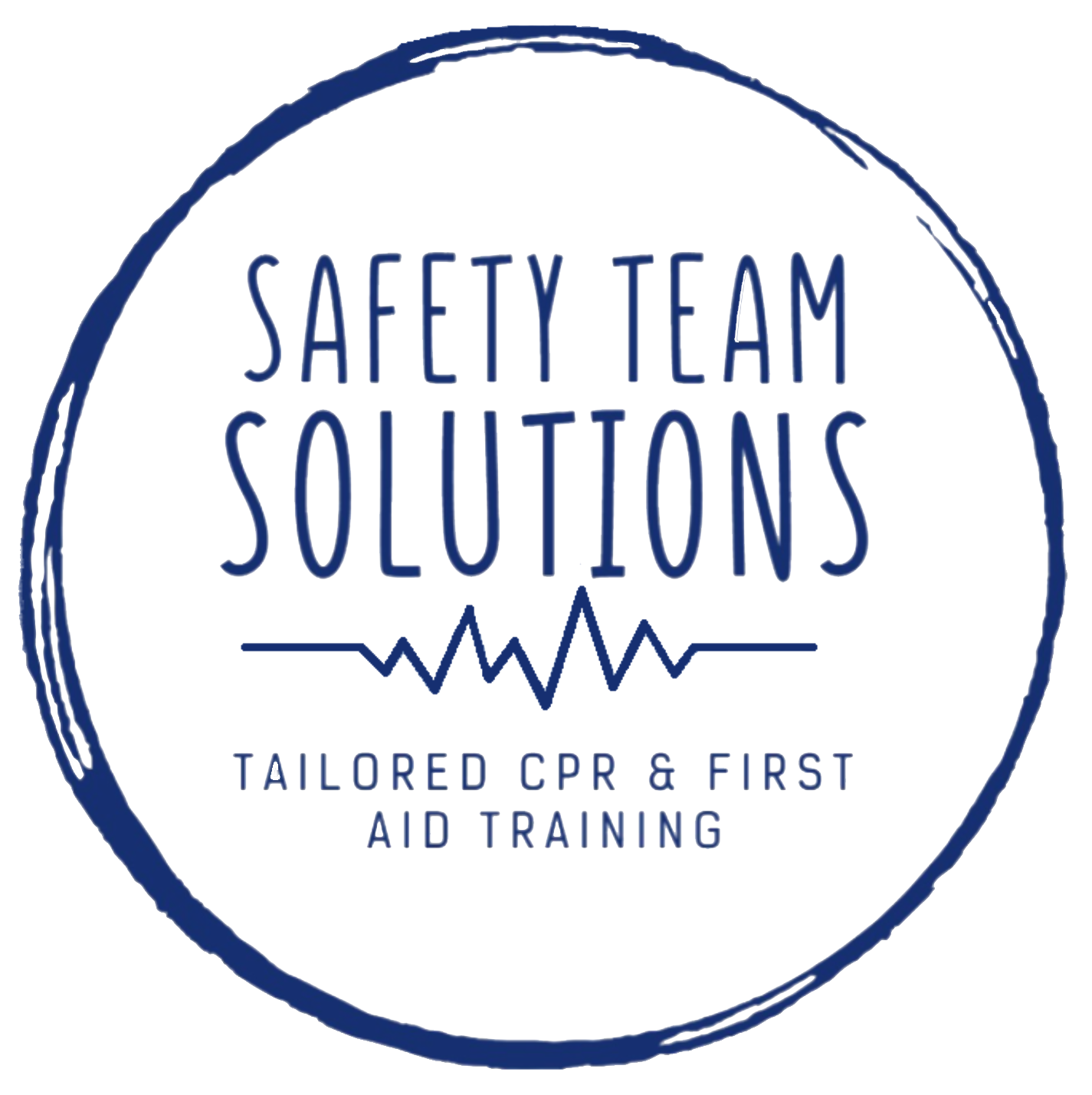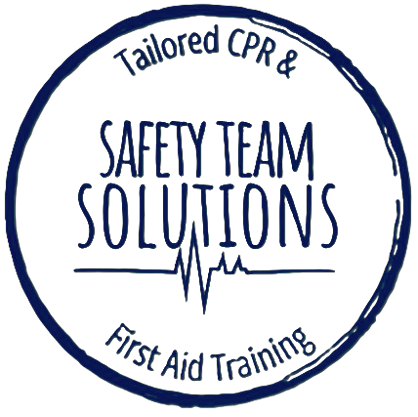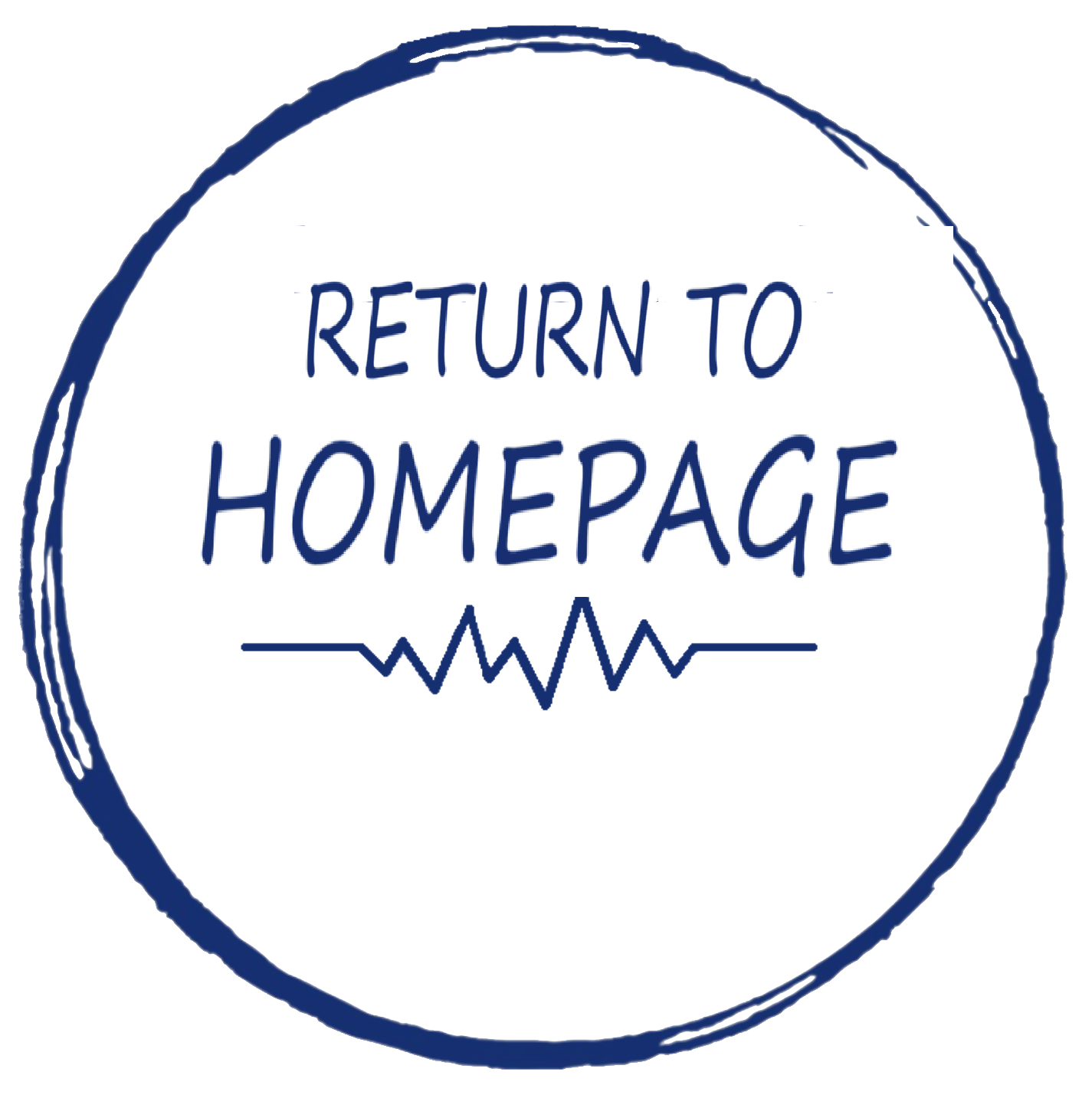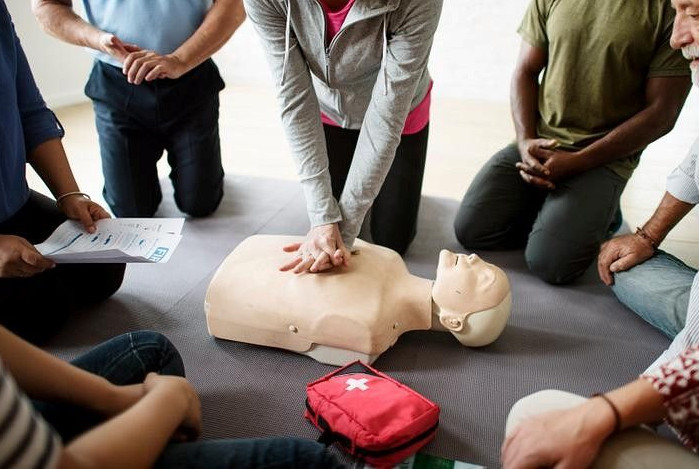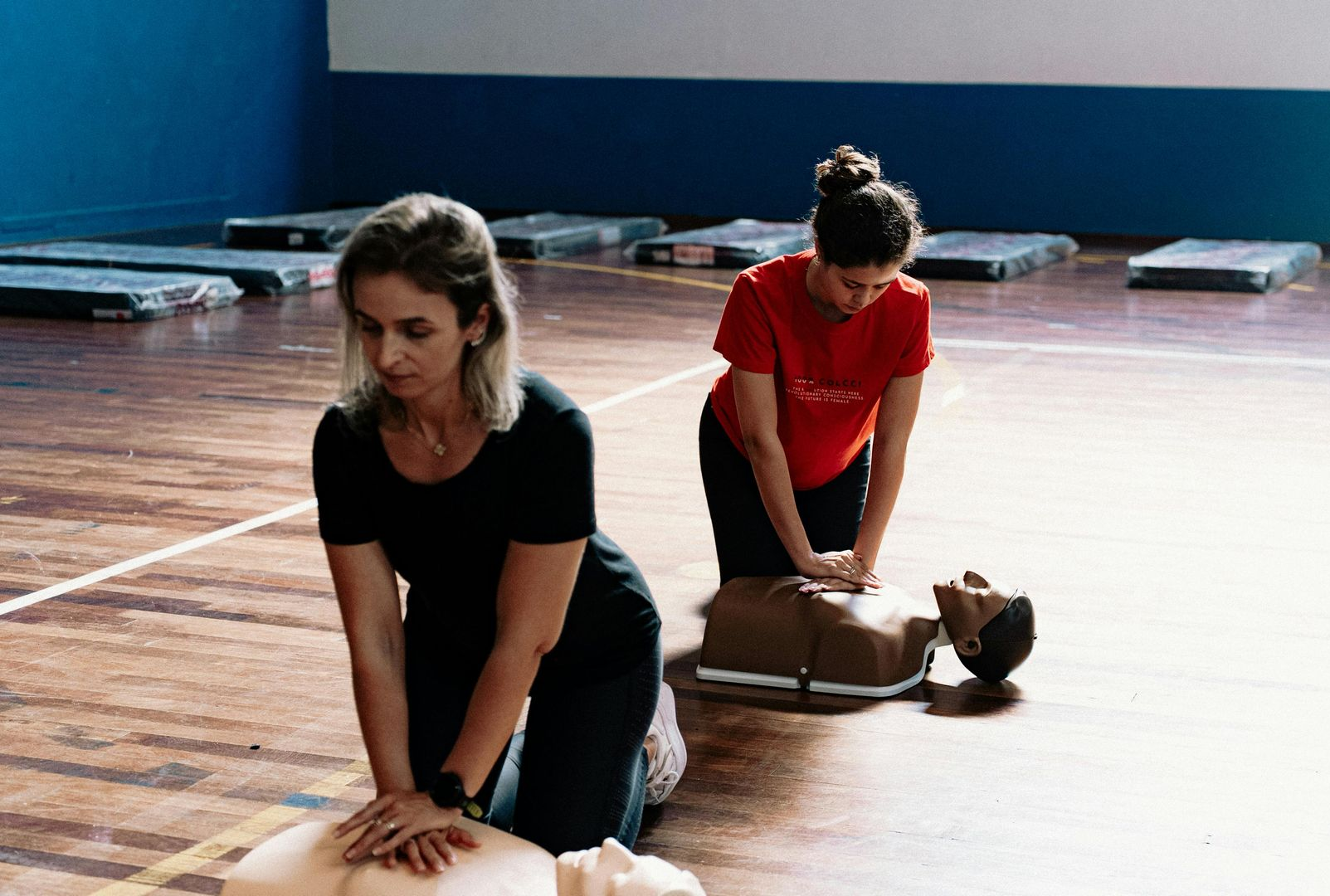
Schedule a Hands-Only CPR Training
Host a Hands-Only CPR Course! Hands-only CPR is a free course that includes information on how to provide compression only CPR skills. Hands-Only CPR does not include certification, or meet certification training requirements, but it can help save lives for those who want to learn basic skills, without the full training.
STS will provide Hands-Only CPR training at your location, either open to a group, business patrons, employees, or open to the community.
Added bonus, you can play your part in helping Rochester, NY reach the goal of becoming a "Heartsafe Community."
Cost per student: Free
Have questions or are interested in our services? We’re here to help!
We want to know your needs so we can provide a tailored training experience. Let us know what you are looking for and we will do our best to accommodate your requests.
